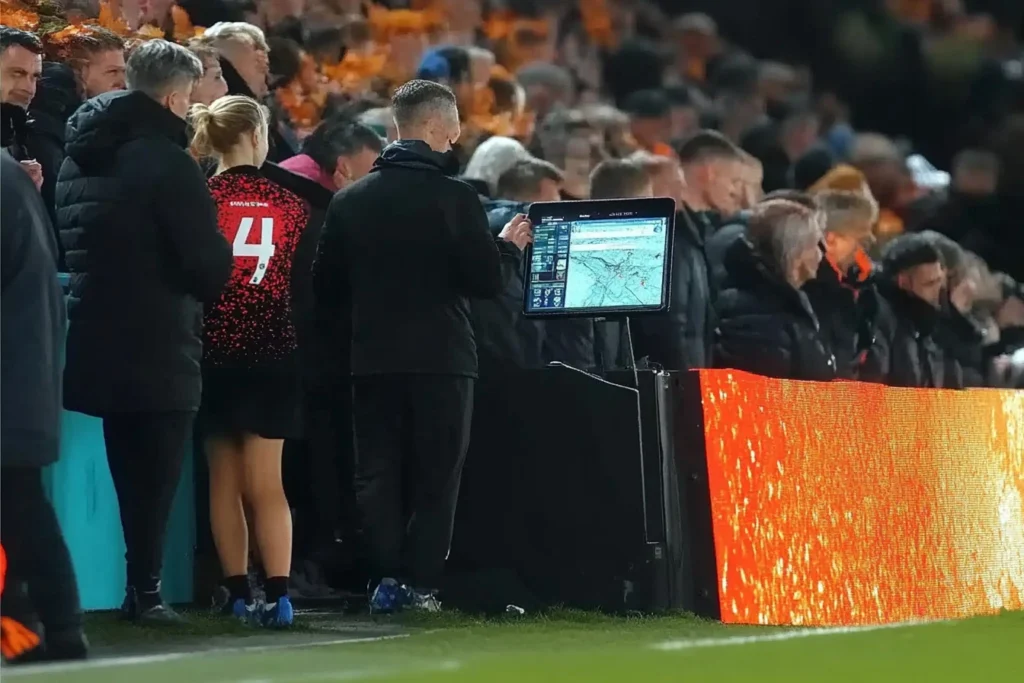The Need for VAR Reform: A Look at Anfield’s Disastrous Moments
In recent years, the introduction of Video Assistant Referee (VAR) technology in football has been a polarizing topic among fans, players, and pundits alike. The Premier League, in particular, has experienced its fair share of controversies linked to this system. Two incidents at Anfield have recently brought this issue to the forefront, demonstrating an urgent need for a reassessment of how VAR operates in top-flight English football.
The Farce Unfolds
The first incident that raised eyebrows occurred during a high-stakes match where a seemingly clear-cut penalty was not awarded after a blatant foul inside the box. Fans and commentators alike were left scratching their heads as the on-field referee was advised by VAR to stick with his original decision. This shocking moment left players visibly frustrated and supporters questioning the reliability of a technology that was supposed to enhance officiating, not hinder it.
The second occasion was no less ludicrous. A goal that sparked wild celebration was abruptly disallowed after a lengthy review revealed a marginal offside call. Such precision is essential in football, but the fine margins that VAR employs can often overshadow the spirit of the game. This led to uproar from fans, many of whom were more interested in the thrilling play than the minute technicalities that govern it.
A Call for Change
These incidents are merely the latest in a string of performances by VAR that have left many feeling disillusioned. The objective of VAR was to reduce human error and bring clarity to contentious decisions. However, the confusion and frustration it has generated often eclipse the intended benefits. Thus, the need for an overhaul of the system is more pressing than ever.
Stakeholders from all corners of the sport, including league officials, clubs, players, and fans, must come together to address the shortcomings currently plaguing VAR. Possible solutions might include revisiting the protocols for on-field reviews, adjusting the thresholds for what constitutes clear and obvious errors, or even simplifying the technology that underpins these decisions.
Conclusion
As seen through the lens of the two farcical incidents at Anfield, it’s clear that the integrity and flow of the game are at risk with the current state of VAR. The objective should be to enhance the viewing experience for fans and ensure fair play on the pitch. To achieve this, significant changes are required to restore confidence in VAR as a reliable aid in officiating. Until then, moments like the two at Anfield will continue to spark debates and frustrations in the beautiful game.







